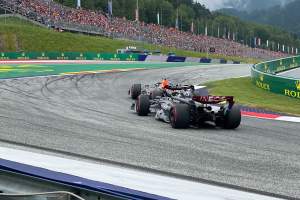Up Next

Mercedes Formula 1 boss Toto Wolff believes Christian Horner’s push for a key 2026 engine rule change has “zero chance” of succeeding – and feels it may be motivated by fears over Red Bull’s first in-house engine.
F1 and the FIA signed off on the 2026 power unit regulations in August last year, dropping the complex MGU-H and increasing the output of the MGU-K so that around 50% of the total power output will be electrical.
This week, Horner has made public a concern that has been raised regularly in private meetings so far, regarding the consequences of a 50/50 split in power between electric and combustion and how the chassis rules for 2026 are progressing.
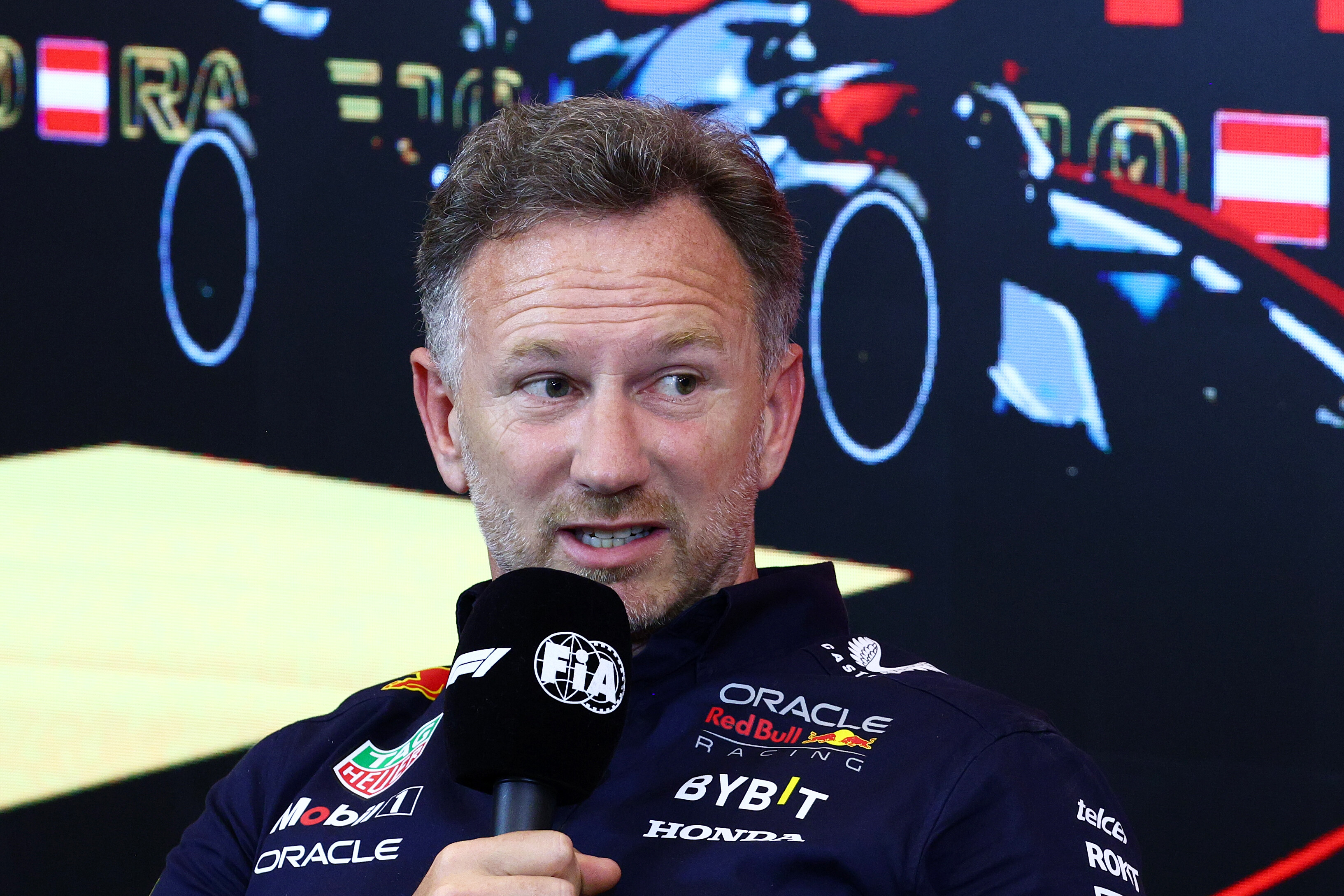
Horner claims F1 risks creating a ‘Frankenstein’s monster’ of a car that asks too much of the chassis to compensate for problems Horner believes the planned combustion and electric power ratio will cause.
He has raised concerns over the “colossal” battery size and cooling requirements adding weight to the cars, and “the need for active aero and the complexity that will bring” to offset the weight and drag levels.
Horner warned the combustion engine risks becoming “a generator to recharge a battery”, and that this could ruin wheel-to-wheel racing – and even suggested it could result in “drivers downshifting on straights to regenerate batteries”.
He argued a 5-10% swing in the electric/combustion ratio could have a “significant effect”, suggesting that sustainable fuels mean F1 can lean more on the V6 while still pushing the right message, and said “urgent attention” must be paid to the issue.
But his Mercedes opposite number Wolff has poured scorn on Horner’s comments.
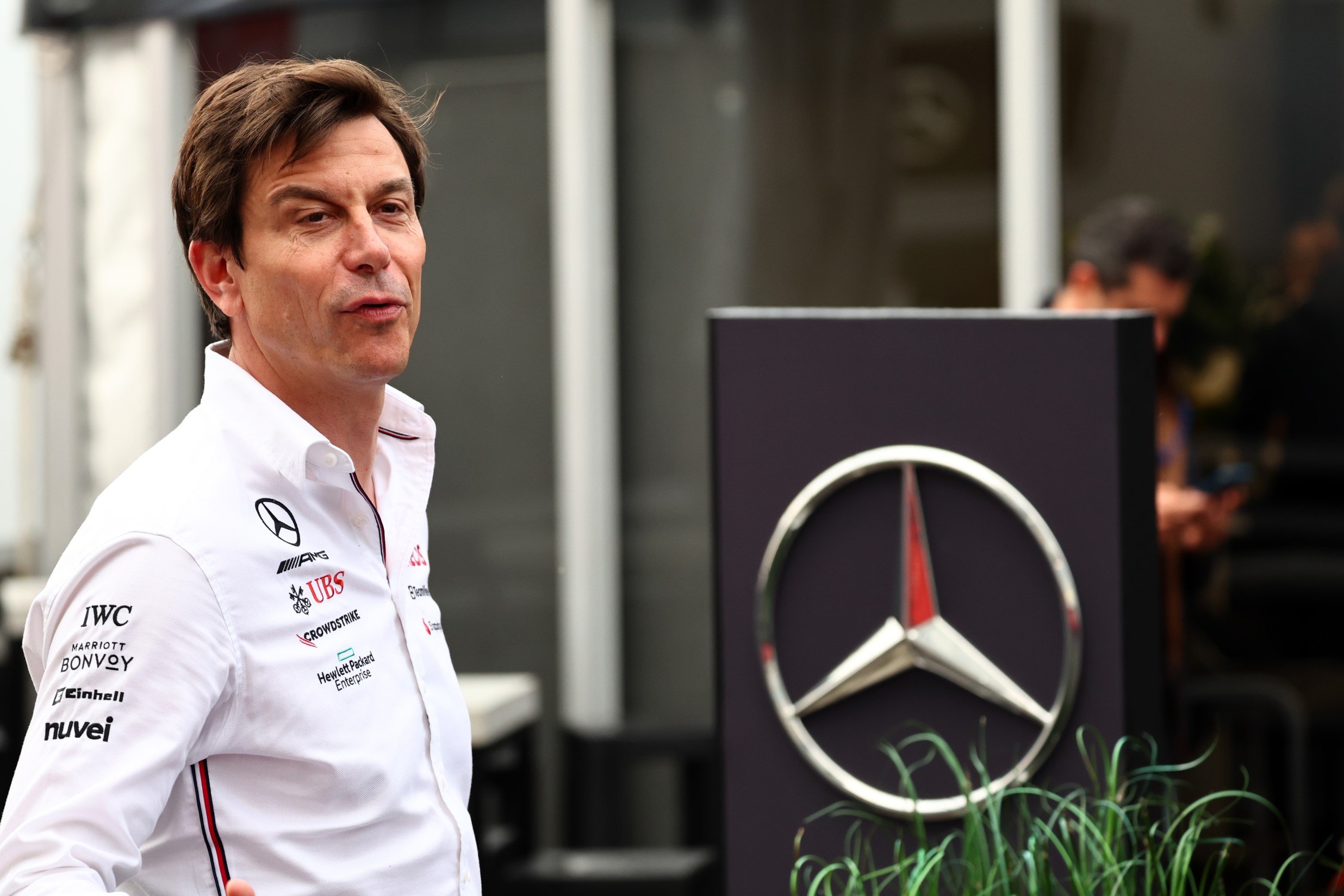
He acknowledged that it will be difficult to finalise the right chassis regulations and manage the battery over a full lap, but said F1 needs to be “at the forefront of innovation” to meet the challenge head on rather than make it easier for engine manufacturers or teams.
“That is an exciting project to aim for,” said Wolff.
“How does the modern Formula 1 car of 2026 look like? How can we make it aerodynamically so efficient and capable that it can compensate for the lack of combustion engine [output]?
“That should all excite us because we will come up with new concepts of Formula 1 cars that will be great.
“I think what frightens him [Horner] more maybe is that his engine programme is not coming along and maybe he wants to kill it that way.
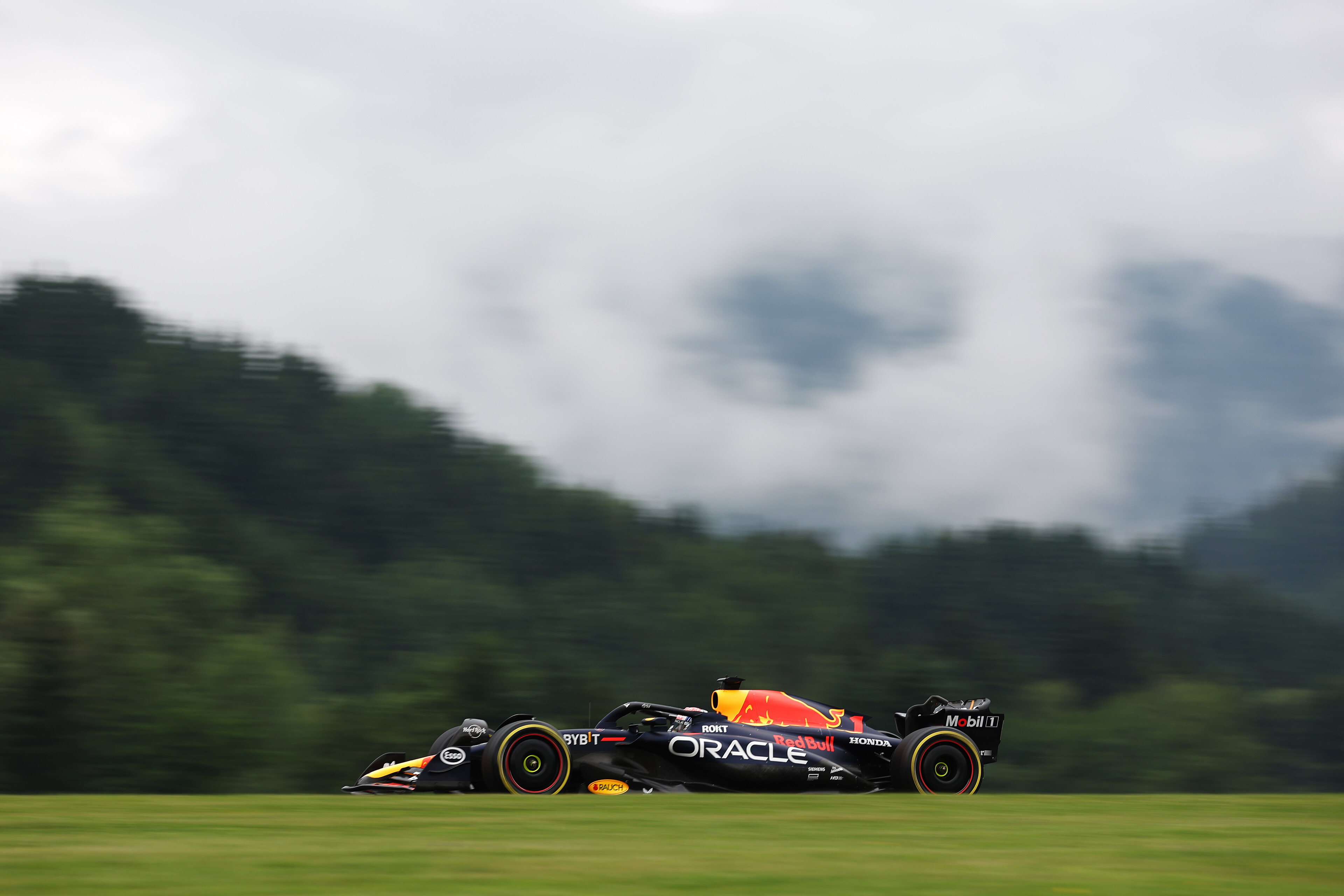
“You always have to question what is the real motivation to say something like that.”
The rules package has tempted Audi into committing to an F1 works team for the first time, while Ford is partnering with Red Bull and Honda has decided to start a new project with Aston Martin.
And when Ford’s deal with the new Red Bull Powertrains company was announced earlier this year, the US manufacturer cited the ability to use relevant technology to market its electric vehicles as a key factor.
Asked by The Race if F1 could change the rules now that the manufacturers have signed up, Wolff said: “That’s not going to happen. Zero chance. Capital letters. So, I don’t know why these things are coming up.
“We’ve developed the regulations over many years with all the auto manufacturers being involved, it was a compromise that attracted Audi to finally join the sport. For Honda to stay in there.
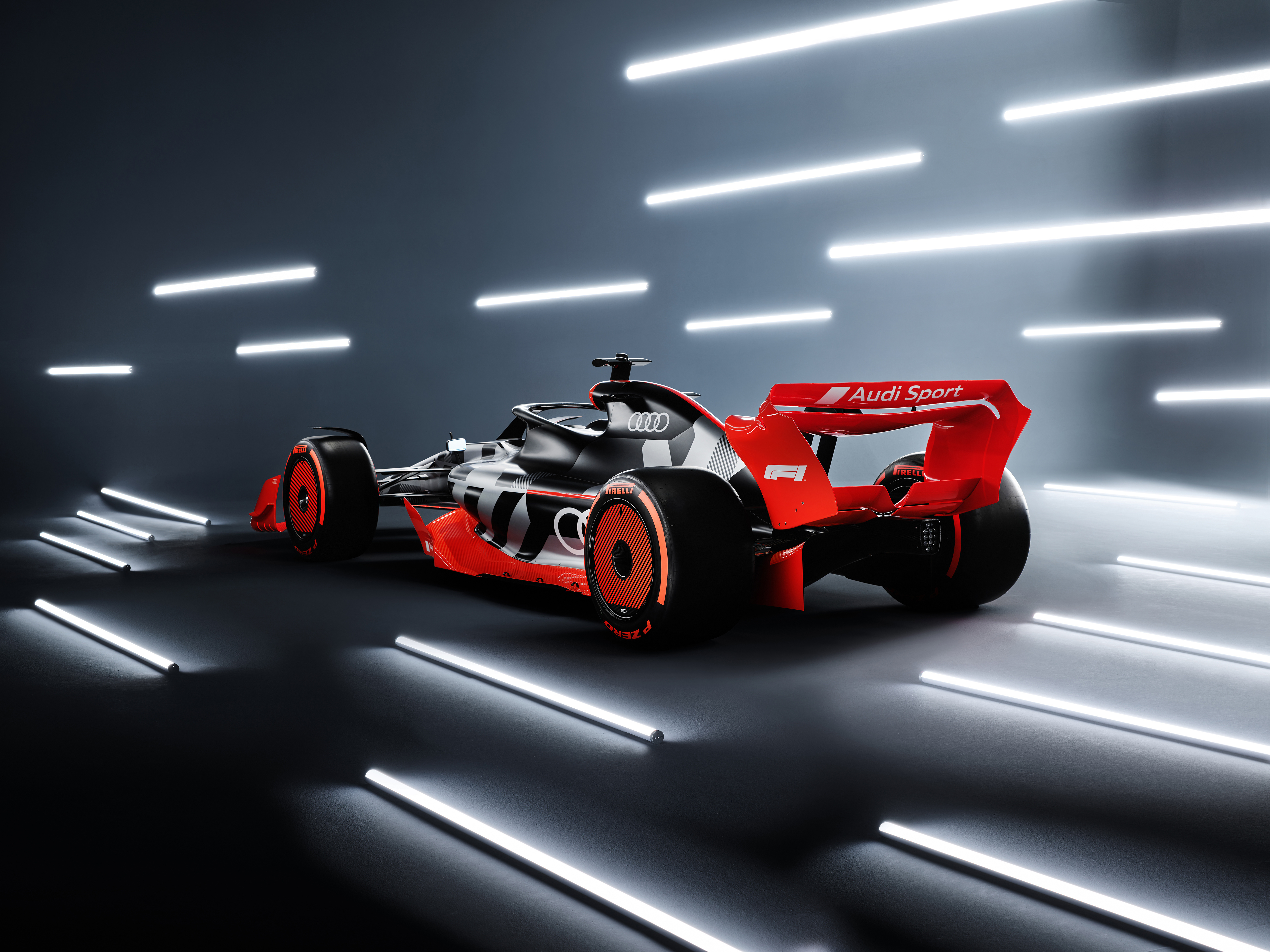
“It’s the best possible case that one could imagine for Formula 1.
“Is it challenging? Our chassis designers are saying ‘well, how we are going to do this?’. Yeah. Super.
“But, zero [chance]. These regulations are not going to change anymore. They’re not going to be postponed anymore.
“Because the world needs to show innovation about sustainability, we need to reduce emissions and we are super excited.”
Addressing the specific concern Horner raised about drivers having to downshift on straights, Wolff was clearly amused by the suggestion.
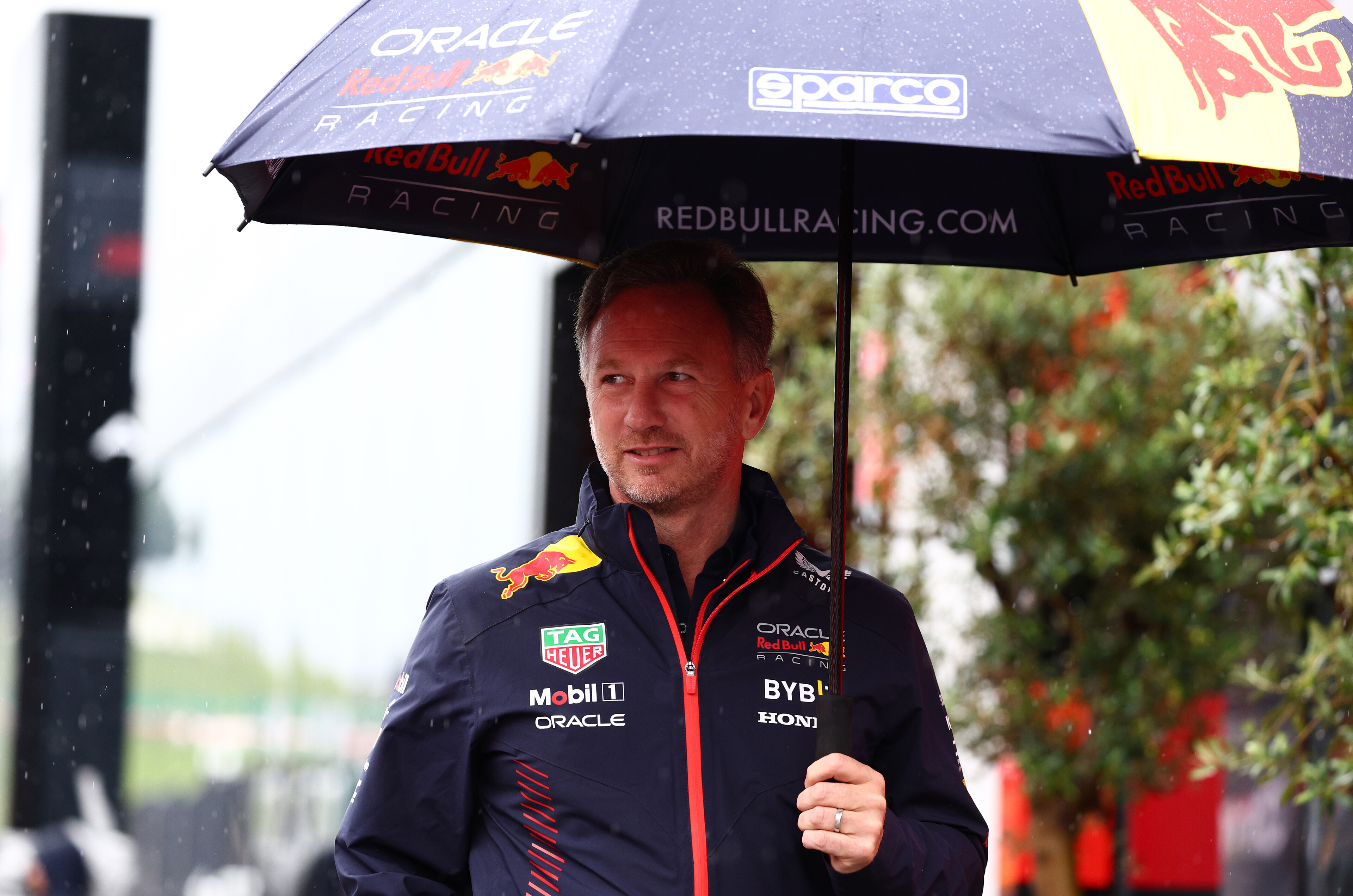
He likened it to doom-mongering and asked: “Do you think that in all reality we are not innovative in this sport to come up with chassis/engine regulations that can avoid drivers shifting down on the straight?
“It just isn’t a real [risk]. When you take that today’s chassis and put the future power unit in there, there’s a few tracks with very long straights where we would have massive derates in the power unit.
“That’s [based on] today’s situation. But we are not bolting [it] on today’s chassis, which are heavy like a prototype and big like an elephant. That’s what we need to reinvent for 2026.
“Whether it is [through] some retractable aerodynamic elements, or whether the shapes of the cars are going to change in order to meet the more sustainable world, more aerodynamic efficiency… I think that’s great, and so spectacular as a regulation.
“There will be things that we will be translating into other industries, viable solutions that we need to come up to avoid… ‘downshifting’ – I don’t want to give anybody ideas that we really need to downshift.
“That’s not going to happen.”



